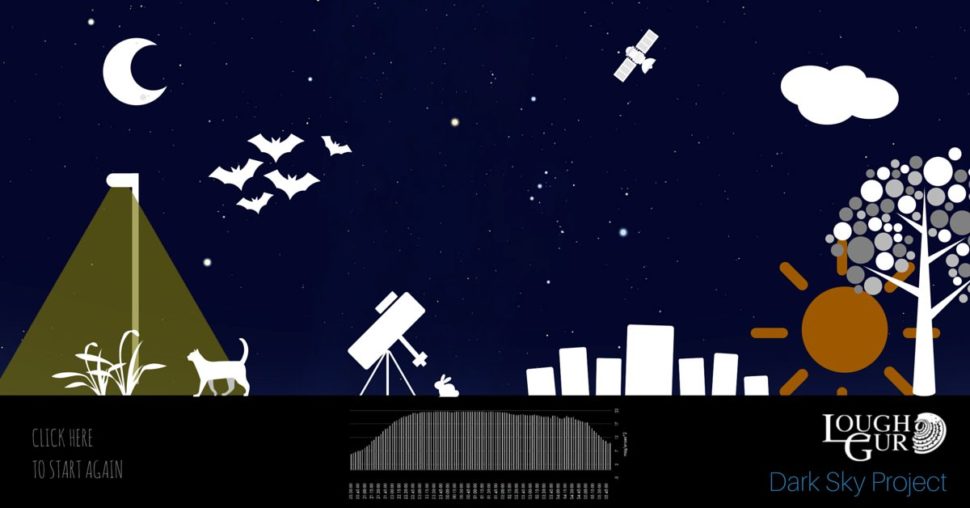About the Bats at Lough Gur
There are several individuals of five species of bats to be found around Lough Gur. The common pipistrelle, soprano pipistrelle, Leisler’s bat, brown long-eared bat and Daubenton’s bat. In a 2008 study, both common and soprano pipistrelles were observed hunting within the woodlands and along Knockadoon Hill and within the public areas. With some species also seen feeding over the lake. In the report it was observed that Leisler’s bat, typically, was high over the site and concentrated its activity over the lake while the brown long-eared bat was encountered feeding within the woodland near the Bourchier’s Castle.
The presence of bat is noted very soon after darkness, which would indicate that daytime roosting areas are very close by. The lesser horseshoe bat, an Annex II species under the EU Habitats Directive, is also known to occur in the area and past roosts are known at the village of Grange within 1 km of Lough Gur (Roche, 1997).
Nearby Bouchers castle offers excellent possibilities for bat use onsite. The woodlands and lake area are frequented by at least five of the ten known Irish bat species. Tall mature trees, trees with crevices and loose bark and trees with heavy ivy cover are most likely to provide a suitable environment for roosting bats.
Conservation
All Irish bat species are protected under the Wildlife Act (1976) and Wildlife Amendment Act (2000). Also, the EC Directive on The Conservation of Natural habitats and of Wild Fauna and Flora (Habitats Directive, 1992), seeks to protect rare species, including bats, and their habitats.
Bats & Dark Sky
The lake is a haven to insects and hence bats and its sheltered nature further enhances its importance for these animals. Artificial light has a dramatic impact on any bat colony, from how lights impacts the presence of insets upon which the bats feed, to the impact to tree growth & the surrounding canopy, to the direct impact to the flight-paths of the bats themselves. It has also been reported that artificial light can create a barrier to feeding bats who are not inclined to cross areas of bright light.
While the Dark Sky project did not set out to protect our native bat species, we have been certainly drawn to the natural benefits for the delicate eco-system of our dark skies. It’s of vital importance to our eco-system that we take all measure possible to maintain dark skies as part of the natural bat habitat.

